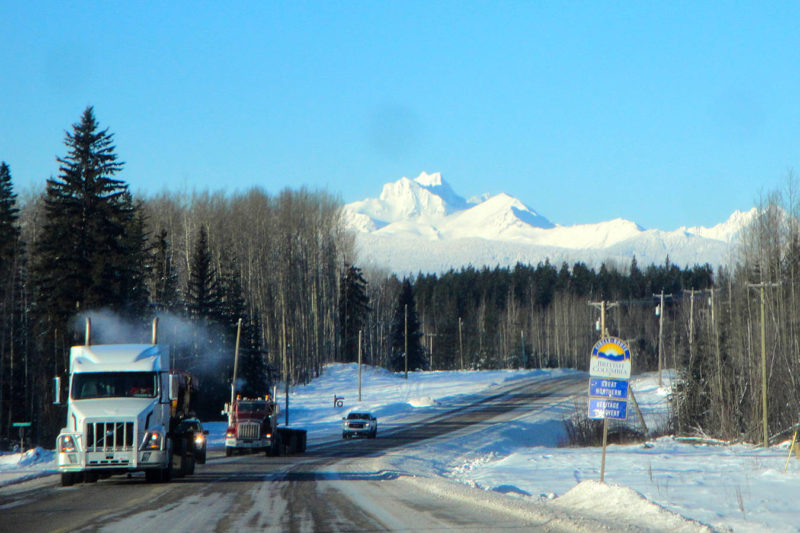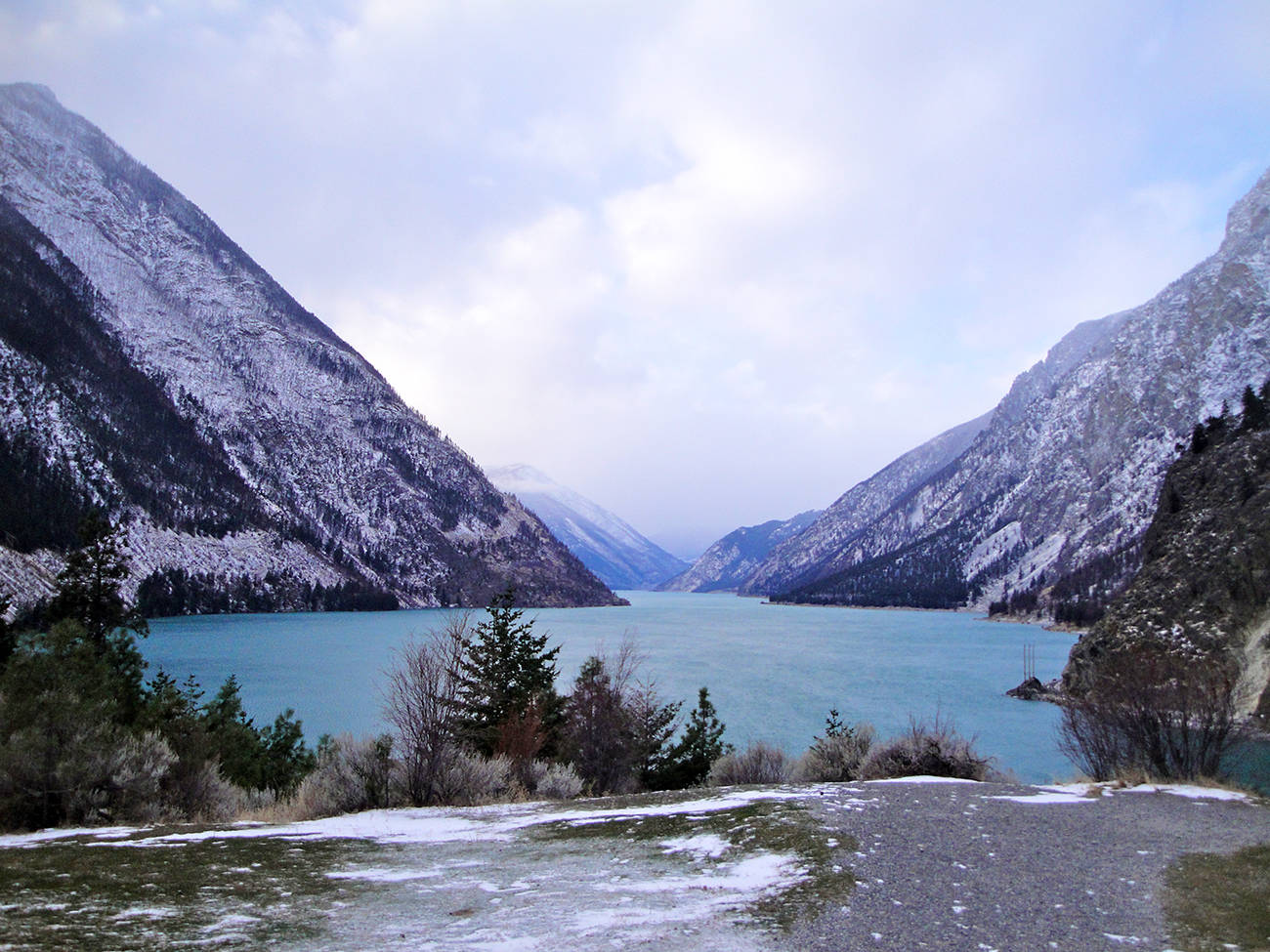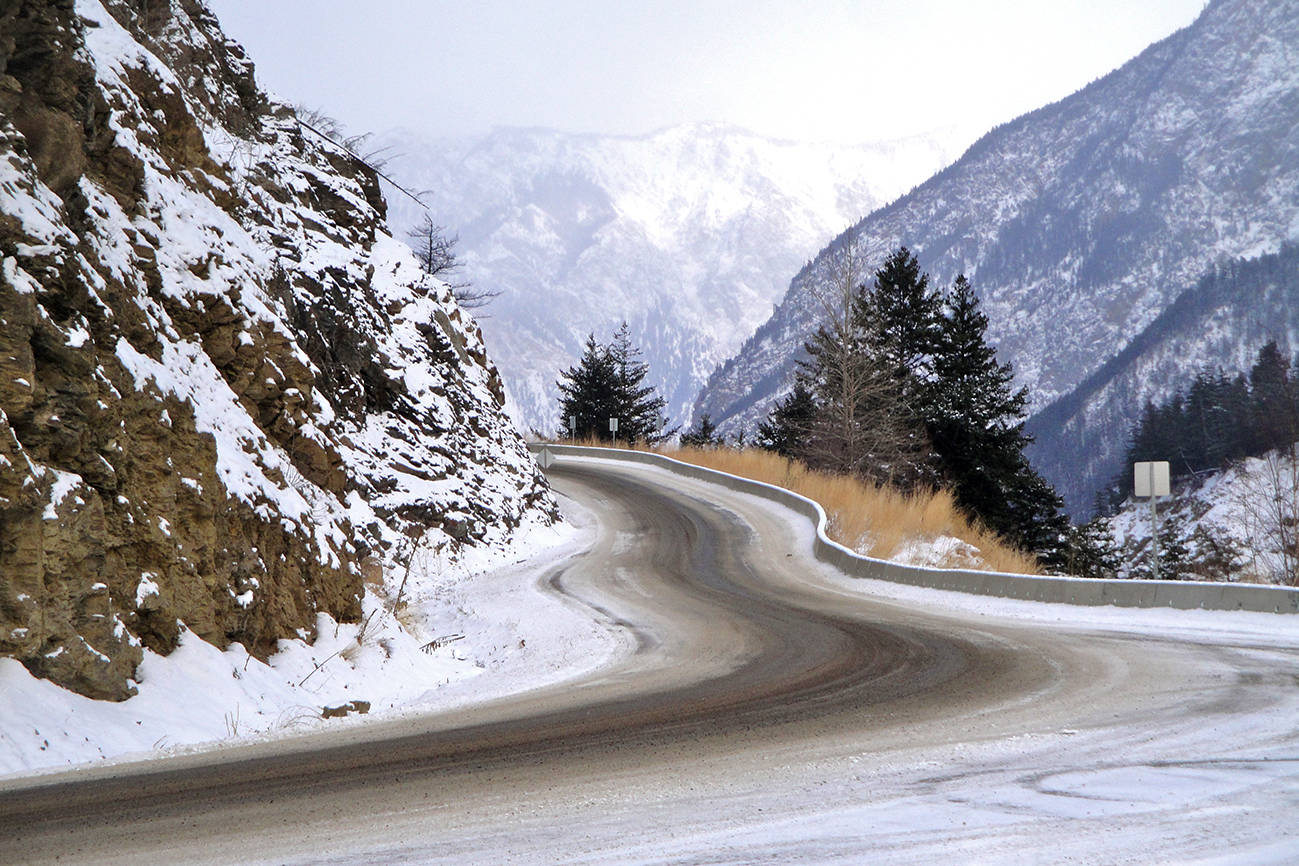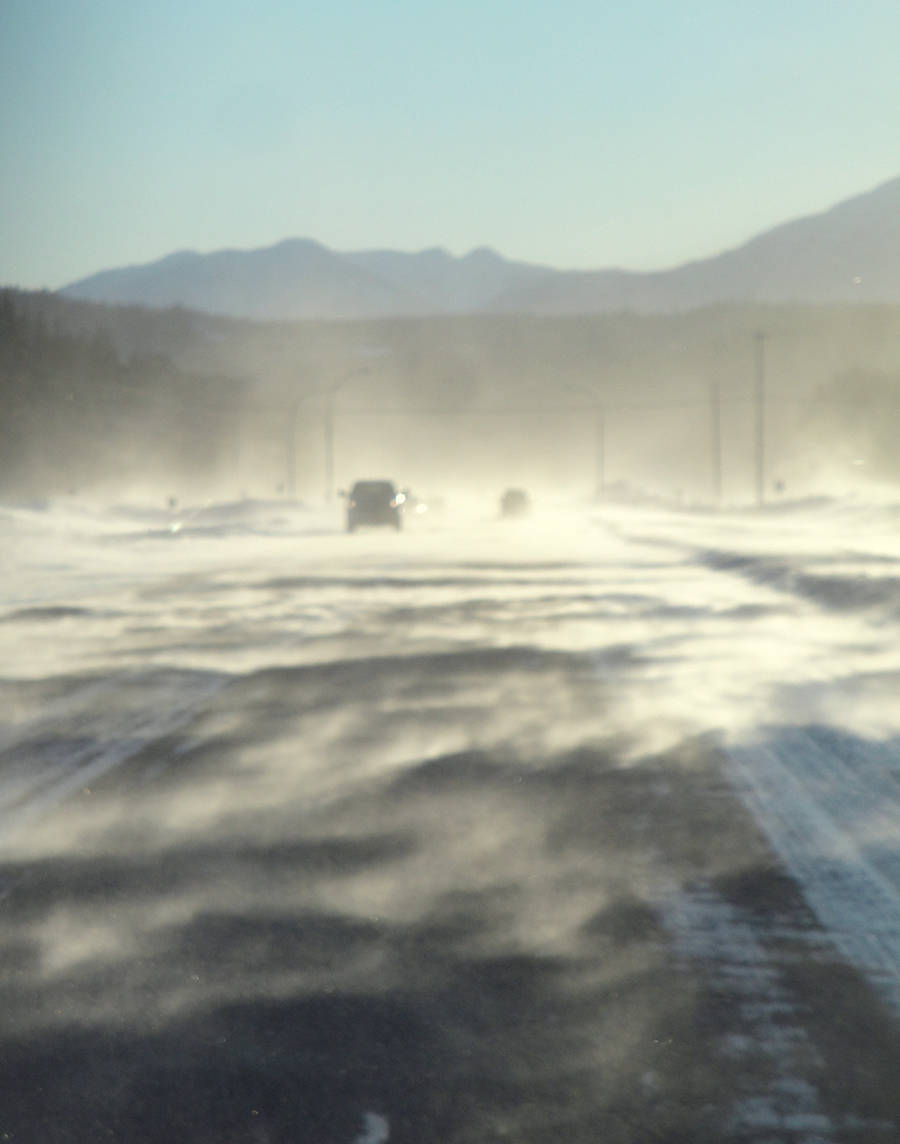Winter driving isn’t always easy, but sometimes you have no choice but to hit the road. Travelling for work, moving to a new city, or escaping for a ski weekend? With harsh conditions and limited daylight, you better plan ahead.
They may be intense, but that intensity can also make winter road trips more memorable. Sharp, snow-capped mountains, icy winds whipping across a frozen field, sparkling lake vistas… and very few tourists to spoil the view! Start planning your snowshoeing weekend through quiet winter forests, your cosy spa escape by the hot springs, or your long-haul excursion to explore a new city’s museums — just make sure you plan for winter driving too.
READ MORE: How to pack a carry-on: The WCT Travel Guide
1. Research your route, but don’t sweat the decision
There are good roads and bad roads in winter, but your best bet changes on any given day. One thing that doesn’t change? People will always have opinions about your route.
Don’t take the main road, there are too many big transport trucks. Don’t take the back road, it doesn’t get plowed enough. You’ll never find the perfect route, but research is still important. Ask friends with similar vehicles and driving styles which roads they prefer. Keep an eye on the weather, and be flexible if storms change course. Before you make your decision, consider what’s most important to you: are you more comforted by an empty road with less traffic, or a busy road where help is closer at hand?
2. Try the tire chains before you hit the road
Thanks to Olympic improvements to the Sea-to-Sky highway, the drive from Vancouver to Whistler is usually care-free — even in winter. The road gets a lot more challenging once Whistler’s safety-net is in your rearview mirror. On one January road trip from Vancouver to Haida Gwaii, my tires struggled to catch on the packed snow. Steep inclines and narrow turns didn’t help my confidence, so I pulled off to put on tire chains.
Of all the places to learn a new skill, the side of a highway at 20 below is one of the worst. Is it the front or the back tires that need the chains? How do you clip these things, and how tight should they be?
Practice putting on your tire chains before you leave, and pack a thin pair of gloves to protect your skin while you fiddle with the cold metal. Better yet? Invest in winter tires before you leave the coast!
Research winter tire laws in BC and Alberta.
3. Plan your pitstops
In the height of summer, days are long and pitstops are plentiful. In winter your drive-time is severely diminished by dwindling daylight, and many rest areas are gated or piled with snow. When the sun sets at three, you don’t want to be hours from the nearest town, and you don’t want to be knocking on door after door, asking if there’s room at the inn. Book accommodation ahead of time, and pack extra fuel (for you and your vehicle) so you’re never starving between towns.
Once you’ve parked for the night, take a moment to clear your car of possessions that might be harmed in the cold. Water bottles can burst when the liquid inside them freezes. Laptop and phone batteries can be damaged with prolonged exposure to the cold.
Another thing to do at the end of your driving day? Top up your windshield washer fluid, to keep clear vision on the next day’s journey.
***
Plan your adventures throughout the West Coast at westcoasttraveller.com and follow us on Facebook and Instagram @thewestcoasttraveller. And for the top West Coast Travel stories of the week delivered right to your inbox, sign up for our weekly Armchair Traveller newsletter!














 15 ski runs, family-friendly setting make Phoenix Mountain a winter favourite
15 ski runs, family-friendly setting make Phoenix Mountain a winter favourite